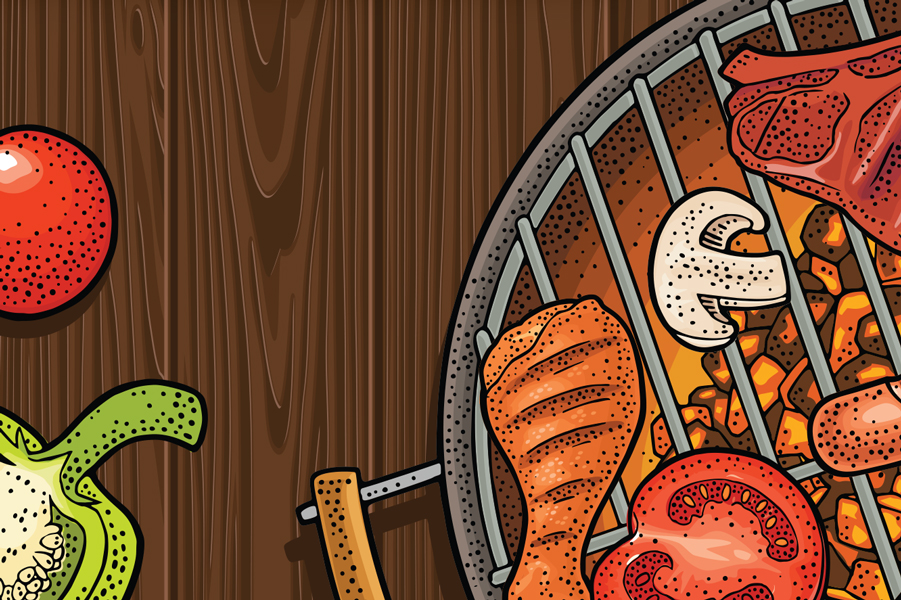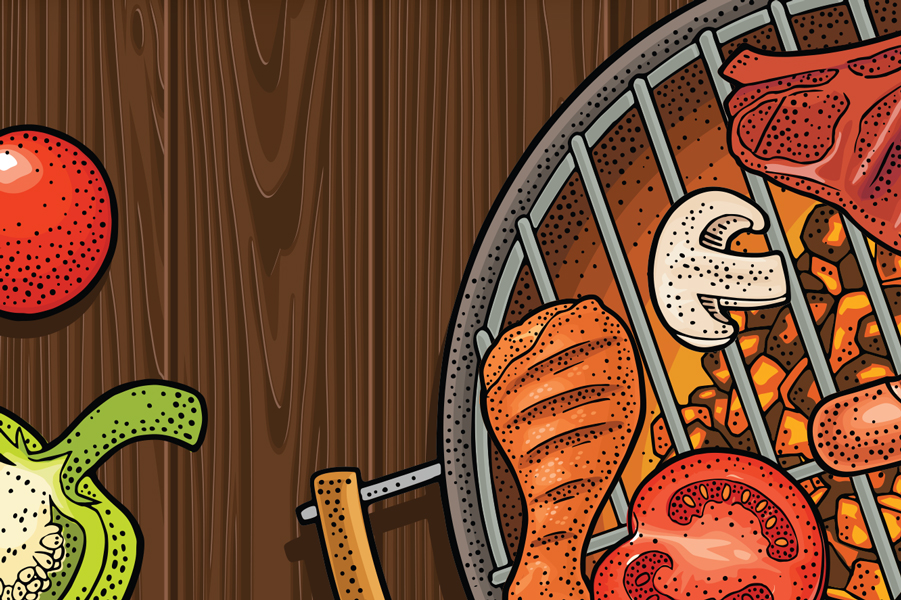-
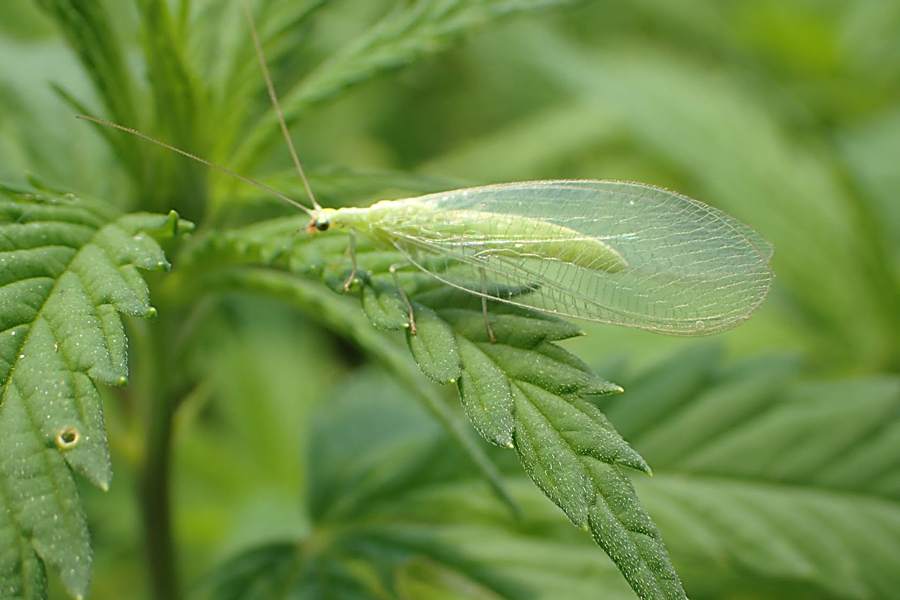 Blueberries are becoming the state fruit of Georgia with considerable acreage planted. Blueberries have many pest challenges and a current invasive pest challenge from spotted wing drosophilia (SWD). While efforts are underway to release new biocontrol agents for SWD, we still know little about the natural enemies in blueberry systems.…
Blueberries are becoming the state fruit of Georgia with considerable acreage planted. Blueberries have many pest challenges and a current invasive pest challenge from spotted wing drosophilia (SWD). While efforts are underway to release new biocontrol agents for SWD, we still know little about the natural enemies in blueberry systems.…|
-
 Phenology refers to the sequential developmental stages, also called growth stages, that may occur in perennial plants every season. The growth stages of blueberry plants are affected by temperature, light intensity, and light duration (photoperiod). Erratic weather can impact the plant’s developmental phases. The different types of cultivated blueberries—northern highbush,…
Phenology refers to the sequential developmental stages, also called growth stages, that may occur in perennial plants every season. The growth stages of blueberry plants are affected by temperature, light intensity, and light duration (photoperiod). Erratic weather can impact the plant’s developmental phases. The different types of cultivated blueberries—northern highbush,…|
-
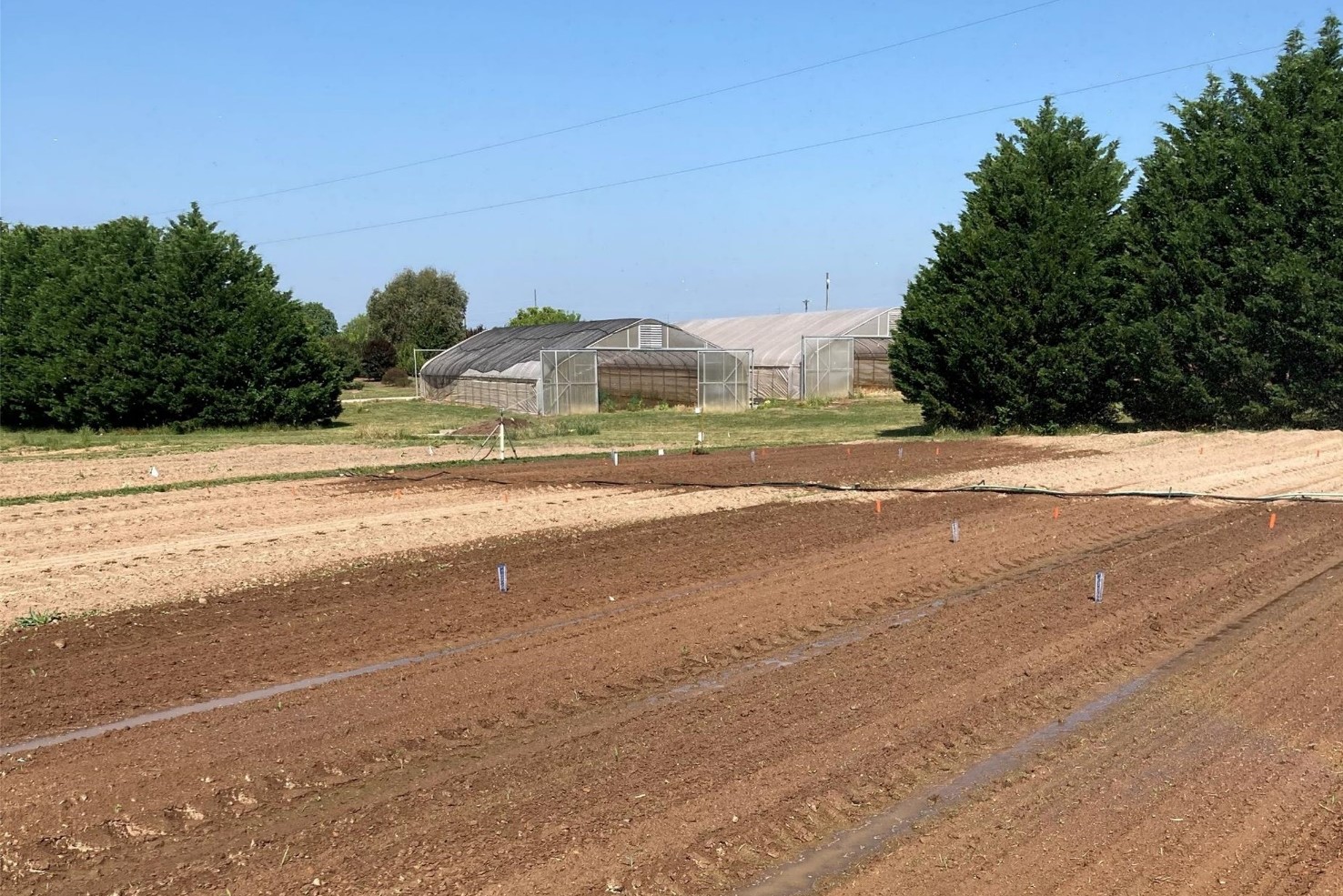 This publication highlights some of the ongoing research into using SSDI in organic vegetable crop production. SSDI facilitates cultivation without harming drip tubing and limits surface soil wetting, which may also reduce weed pressure. Prior research has shown that SSDI offers some advantages over surface-placed drip tubing in conventionally grown…
This publication highlights some of the ongoing research into using SSDI in organic vegetable crop production. SSDI facilitates cultivation without harming drip tubing and limits surface soil wetting, which may also reduce weed pressure. Prior research has shown that SSDI offers some advantages over surface-placed drip tubing in conventionally grown…|
-
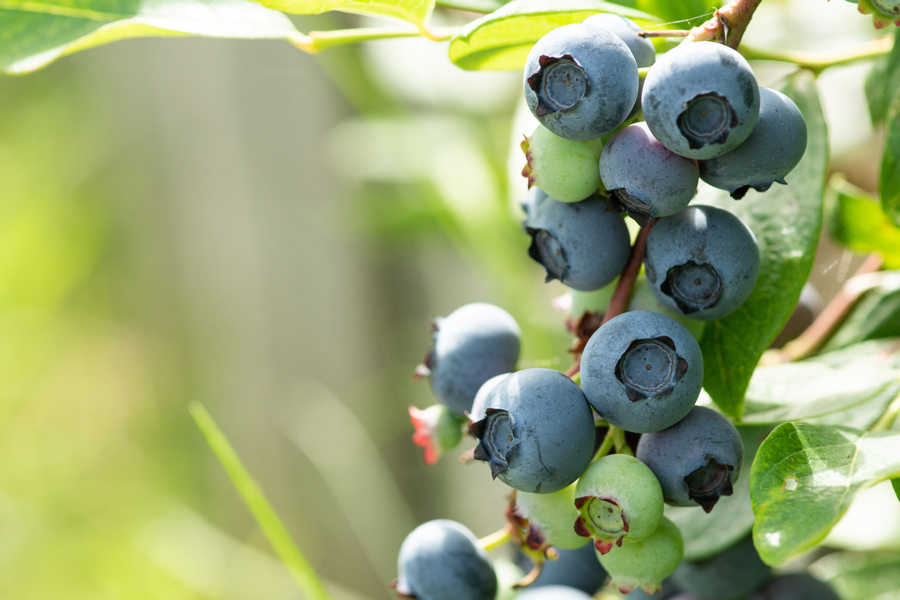 Autora adicional: Natalia Espinoza, Department of Crop and Soil Sciences. Esta circular cubre los principios básicos de cosecha, manipulación y almacenamiento en frío poscosecha de arándanos para el mercado fresco para garantizar la mayor vida útil y calidad posibles y, al mismo tiempo, minimizar las pérdidas poscosecha. Los arándanos se…
Autora adicional: Natalia Espinoza, Department of Crop and Soil Sciences. Esta circular cubre los principios básicos de cosecha, manipulación y almacenamiento en frío poscosecha de arándanos para el mercado fresco para garantizar la mayor vida útil y calidad posibles y, al mismo tiempo, minimizar las pérdidas poscosecha. Los arándanos se…|
-
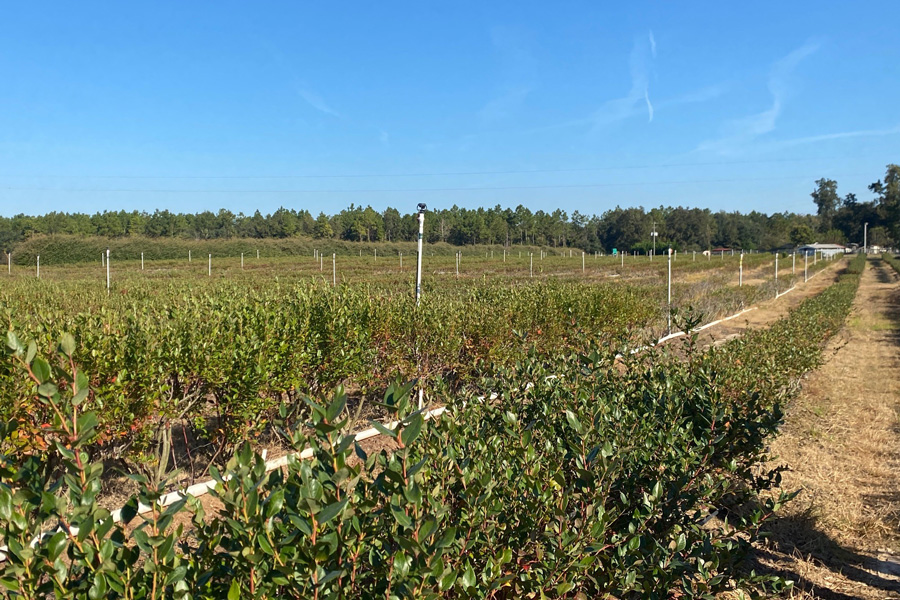
C 1267-SP
Pre-Establecimiento de Arándanos
Autora adicional: Natalia Espinoza, Department of Crop and Soil Sciences. Esta publicación cubre las consideraciones que los productores deben tener en cuenta al elegir un sitio para plantar arándanos. Describe las características del suelo que se necesitan para cultivar y producir arándanos, cómo identificar un buen suelo, su drenaje y…|
-

This publication will inform growers about the factors that can affect blueberry fruit set, development, and ripening. As weather patterns are shifting, it is important to keep in mind that environmental factors influence plants’ physiological and developmental processes and understand how that translates into fruit quality each harvest season.
|
